The Nikon D3100 is an entry-level digital SLR camera boasting a newly designed 14-megapixel DX format sensor, a quick-access Live View mode, one-touch Full HD video recording with autofocus, plus an interactive Guide mode, a sensor dust buster and an 11-point autofocus module. With a sensitivity range of ISO 100-3,200, expandable to ISO 12,800, the Nikon D3100 is well suited to most lighting conditions. Aimed at the complete beginner, the Nikon D3100 is available for £429.99 / $579.95 in the UK and the USA, respectively.
Like last year's D3000, the new Nikon D3100 is a rather small DSLR camera, although it does come with a fairly chunky right-hand grip that makes it better suited to hand-held shooting than some of its competitors. Still, expect having to find a place for your little finger under the camera if you have larger-than-average hands.
The body itself is mainly plastic, but while the camera certainly doesn't feel as robust as some of the company's higher specified models, it still exudes a degree of quality you might not expect at this price point. This is helped by the surprisingly classy rubber coating on the grip, which also appears on the thumb rest in the back of the camera.
The Nikon D3100's body is a new design, 30 grams lighter than that of its predecessor, but the designers have gone to great lengths to make sure most controls are in the same places as before. The most notable changes to the outside of the camera include the omission of the infrared remote sensor that used to be in the grip of the D3000 (the Nikon D3100 accepts a wired remote release cable only), the appearance of a built-in monaural microphone on the front plate and an all-new drive-mode lever at the top (which we love because it makes setting and checking the current drive mode very easy and straightforward), plus a spring-loaded lever in the back that takes you to Live View mode at the flick of a thumb. Said lever encircles a red button that acts as a movie shutter release, enabling one-touch video recording when you are in Live View.
The 18-55mm f/3.5-5.6 VR kit lens that Nikon supplied feels fairly well-balanced - if a tad front-heavy - on the Nikon D3100 and it fits into place with a reassuring mechanical click. It also adds the very important advantage of Vibration Reduction. Nikon bodies don't offer any form of in-camera image stabilisation, unlike similar models from Sony, Pentax and Olympus, so the affordable 18-55mm VR lens is a good investment.
The Nikon D3100 follows conventional DSLR design in having a shooting mode dial on the top of the camera, which allows you to select either one of the advanced modes like Manual, Aperture- or Shutter-priority, or a number of scene modes. The Guide mode first seen in the D3000 has also been carried over, and enhanced to include reference photos that demonstrate the effect of each exposure setting. The main purpose of the Guide mode remains the same as on the D3000, namely to teach beginners about what settings to use in a number of shooting situations, and how these settings influence the final output. We feel that Nikon deserves kudos for this, as a mode like this can teach beginners a lot more about the basics of photography than the green Auto mode in which the camera assumes control of almost everything. Speaking of which, we think we have found a bug with the green Auto mode - to wit, it appears to always choose a high ISO speed in low light, even when you use the flash (the cat pictures in our Samples gallery are good examples of this).
The Exposure Compensation button is thoughtfully positioned next to the shutter release. Hold down this button with your right forefinger and spin the control wheel on the top-rear of the camera with your thumb to adjust its settings - simple and intuitive. In M mode, this easy-to-reach button allows you to toggle between aperture and shutter speed settings, making the lack of a second control wheel less problematic. The other button sitting next to the shutter release, labelled 'info', is arguably at the heart of the Nikon D3100's ease-of-use, as the camera lacks the monochromatic status LCD of the D7000, so Nikon had to provide a different way to check vital shooting information without having to look into the viewfinder. Enter the info button - pressing it displays virtually all of the camera's main settings on the large rear screen.
Unlike the D3000, where this screen functions only as a status panel and menu display while shooting, the D3100 also uses it for Live View and movie recording. As noted above, the Nikon D3100 has a spring-loaded lever in the back, which makes entering Live View a very easy and simple affair - just flick this lever with your thumb, and the camera goes into Live View without further ado. By default, the D3100 quits this mode after only 30 seconds (you can see an overlaid timer counting down), although a tap on the shutter release or a change in exposure settings resets the counter - we are not quite sure why this automatic termination of Live View has been implemented in the first place, as we have not seen anything like this before.
In Live View the camera autofocusses using the contrast detect method. Depending on the AF mode set, you can either initiate this via a half-press of the shutter release, or have the camera keep focussing continuously. The first method is noticeably faster than on earlier models like the D90, though still not nearly as quick as the phase detection method used outside Live View. The other autofocus mode, called full-time AF, can be more of an annoyance than a benefit, as the picture might go out of focus just before you wanted to take a shot (though you can at least lock focus by half-pressing the shutter release when you think focus is where it should be).
Of course you can also focus manually while in Live View mode. As with earlier LV-enabled models, it is possible to magnify into the live image by repeatedly pressing the button labelled with a loupe icon - however, due to the combination of a large but relatively low-resolution screen and what appears to be a lo-res live view feed, this magnification is not much help. On a related note, it is getting a bit annoying that Nikon still doesn't offer a live histogram to help you get the exposure right when working in Live View.
Also new to the Nikon D3100 is its 1080p Full HD “D-movie” mode. At the highest resolution setting, the camera can record movies at cine standard 24fps; while at 1280x720 pixels you can choose from 24, 25 or 30 frames per second. The Nikon D3100 is the first true DSLR camera to offer full-time autofocus in movie mode, but you may quickly decide to turn this feature off. For one thing, the sound of the focus motor in the lens gets picked up by the microphone. For another, the subject may go out of focus for no apparent reason. If you really want to make sure an erratically moving subject stays sharp throughout the clip, you had better stop down the lens for enough depth of field to work with, and leave all shallow-DOF trickery to static or predictably moving subjects.
With the Nikon D3100, you are not getting much in the way of exposure control when shooting movies. The aperture can be pre-set before you start filming, but gain and shutter speed will be controlled by the camera. By default, exposure changes with subject luminance while capturing a clip, although you can at least lock exposure by holding down the AE Lock button. The camera does not provide any special feedback on focus or highlight blow-out (i.e. no “peaking” or “zebras” like in professional video cameras), and there is no manual control over audio levels, either. Sound is recorded by way of the built-in monaural microphone, with no way to hook up an optional external stereo mic to improve audio quality. Videos are compressed using the H.264 codec and stored in a MOV container. Movie quality is, thankfully, good with excellent resolution and good dynamic range; although your footage may suffer from various “rolling shutter” effects when doing quick pans or shooting hand-held with a telephoto lens.
Of course the Nikon D3100 is first and foremost an SLR, so Live View and video recording are add-on features, more than anything else. The camera's primary function is to take still photographs, and for that, you do not have to use Live View. Like all SLRs, the D3100 has a proper through-the-lens optical viewfinder too, albeit it lacks the on-demand grid lines of the D3000. The viewfinder is not as large as that of a D300s, for example, but you wouldn't expect it to be at this price point anyway. The positions of the 11 autofocus sensors are permanently but unobtrusively marked on the focusing screen with 11 tiny dots. In single-point AF mode - in which you can specify which AF point the camera should use -, the active autofocus point lights up in red upon a half-press of the shutter release. The other available AF area modes include Auto Area, Dynamic Area and 3D Tracking; all of which work in a similar fashion to the respective AF area modes of the D5000 and the D90. Autofocus speeds with the kit zoom weren't stellar, but focussing with the optical viewfinder was still a lot faster than in Live View mode. Focus accuracy left a bit to be desired, especially when using one of the off-centre focus points. (AF point selection is done by way of the four-way pad, a simple and intuitive solution.)
We need to note that just like most other entry-level Nikon dSLRs, the Nikon D3100 lacks a body-integral focus motor, so it can only autofocus with AF-S and AF-I lenses, which have the AF motor built in. Other AF Nikkors can be used in manual-focus mode only, although the AF sensors remain active and can at least provide focus confirmation via the green dot in the in-finder LCD. There is also an “electronic rangefinder” function that can be enabled via the menu; this tells you how far you are from perfect focus, and which way you need to rotate the focus ring to acquire it. Manual-focus AI and AI-s lenses without a CPU can only be used in M mode, and the camera will refuse to provide any form of metering, so you will either have to use an external meter or take a few test shots to determine the optimal exposure. Focus confirmation, however, works with these lenses too, via the green dot; albeit the afore-mentioned “electronic rangefinder” functionality is disabled. One interesting thing I have found is that if you shoot a D-movie using a non-CPU lens, the camera will adjust exposure normally, so the lack of metering only applies to stills.
For the images already captured, the Nikon D3100 offers a broad range of retouching tools, including post-capture D-lighting (useful if you forgot to turn on Active D-lighting before capture), red-eye correction, trimming, monochrome conversion, different filter effects, colour balancing, image resizing, image overlay, in-camera raw processing, distortion correction, and a miniature effect that mimics a look that can otherwise only be achieved with a tilt lens. Many of these functions make it unnecessary to buy specialised computer programs or plug-ins and spend hours in front of a computer to achieve a desired/popular effect.
The Nikon D3100 is powered by a proprietary Lithium-ion battery and ships with a cordless charger that plugs directly into a mains socket. For storage, the camera uses SD, SDHC and, for the first time in a Nikon DSLR, SDXC memory cards. As far as connectivity goes, there are A/V Out, mini HDMI and USB terminals and a proprietary connector for an optional cable release or GPS unit.
This concludes our evaluation of the Nikon D3100's ergonomics, handling and features - let's now move on to that all-important aspect of a digital camera: image quality.
ShareThis If you enjoyed this review, please spread the word by bookmarking or promoting it on social sites, post it on Facebook, or email it to a friend!
Nikon D3100 Review, Nikon D3100, d3100, nikon, review, DSLR, digital SLR, 14 megapixel, 3 inch LCD, full hd, hd, hd video, 1080p, beginner
 PhotographyBLOG is a member of the DIWA organisation. Our test results for the Nikon D3100 have been submitted to DIWA for comparison with test results for different samples of the same camera model supplied by other DIWA member sites.
PhotographyBLOG is a member of the DIWA organisation. Our test results for the Nikon D3100 have been submitted to DIWA for comparison with test results for different samples of the same camera model supplied by other DIWA member sites.

View the original article here
 Ladies and gentlemen, this is exciting! We are giving away not one, but three free copies of Trey Ratcliff’s downloadable version on his HDR Video Tutorial!
Ladies and gentlemen, this is exciting! We are giving away not one, but three free copies of Trey Ratcliff’s downloadable version on his HDR Video Tutorial!







 Being an amateur photographer, promoting my photography from commercial stand?point was difficult. I started my own website (burning a good amount of cash) whose promotion took me endless mailers and sharing on social networks, resulting in a page?loads exceeding my expectations however, generating almost no business. I had a feedback mechanism which never saw light of more than a couple of dozen comments. Upon investigating I concluded that reaching out to mass audience is possible via mail but to remain fresh in their memory is not possible and eventually you are branded as a virtual terrorist disguising under email bombing!
Being an amateur photographer, promoting my photography from commercial stand?point was difficult. I started my own website (burning a good amount of cash) whose promotion took me endless mailers and sharing on social networks, resulting in a page?loads exceeding my expectations however, generating almost no business. I had a feedback mechanism which never saw light of more than a couple of dozen comments. Upon investigating I concluded that reaching out to mass audience is possible via mail but to remain fresh in their memory is not possible and eventually you are branded as a virtual terrorist disguising under email bombing!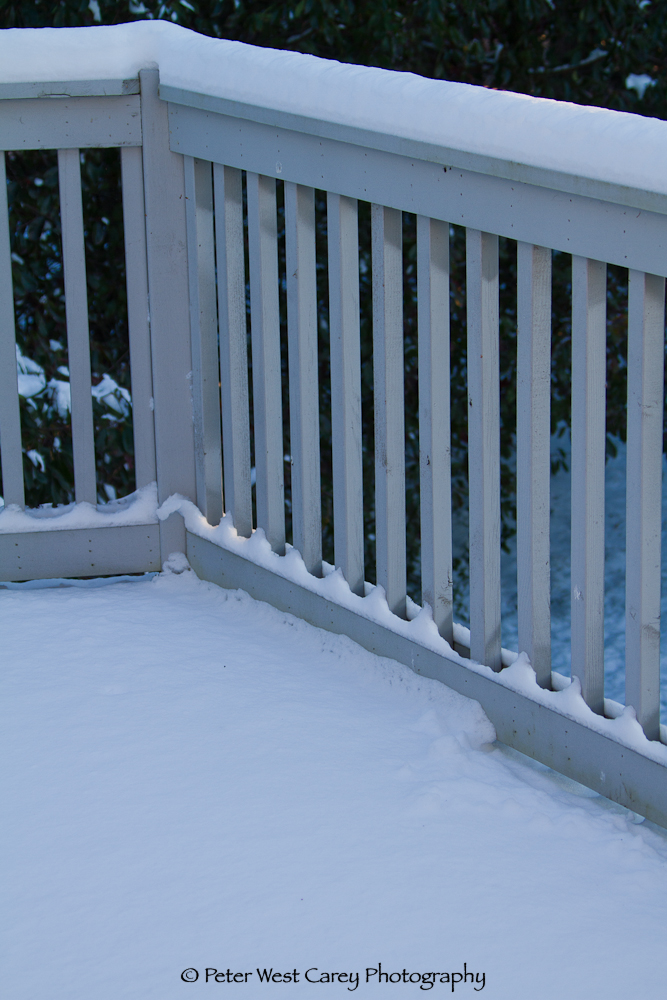
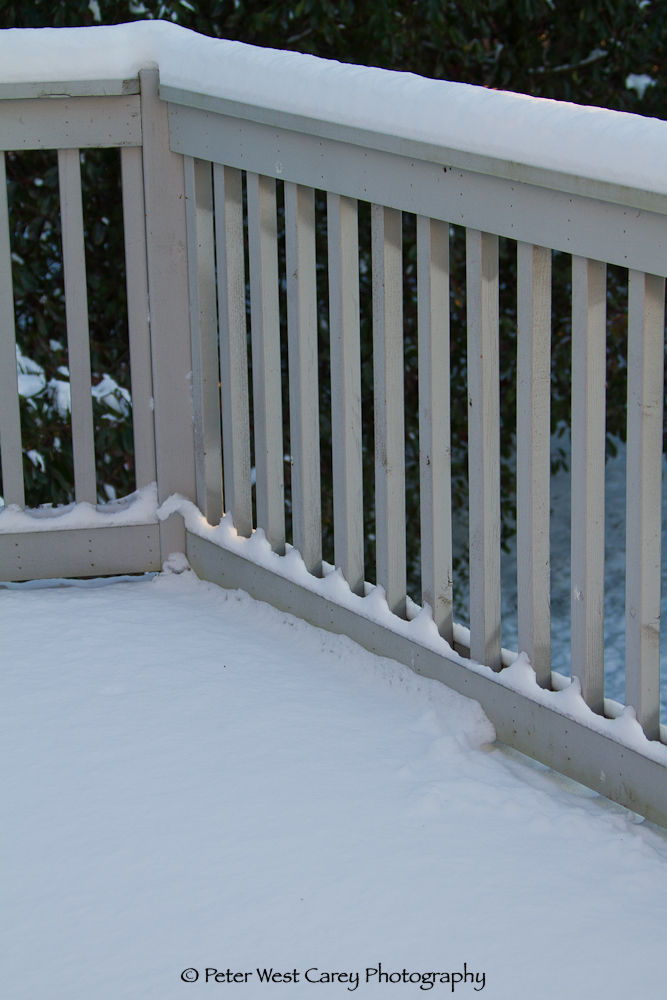
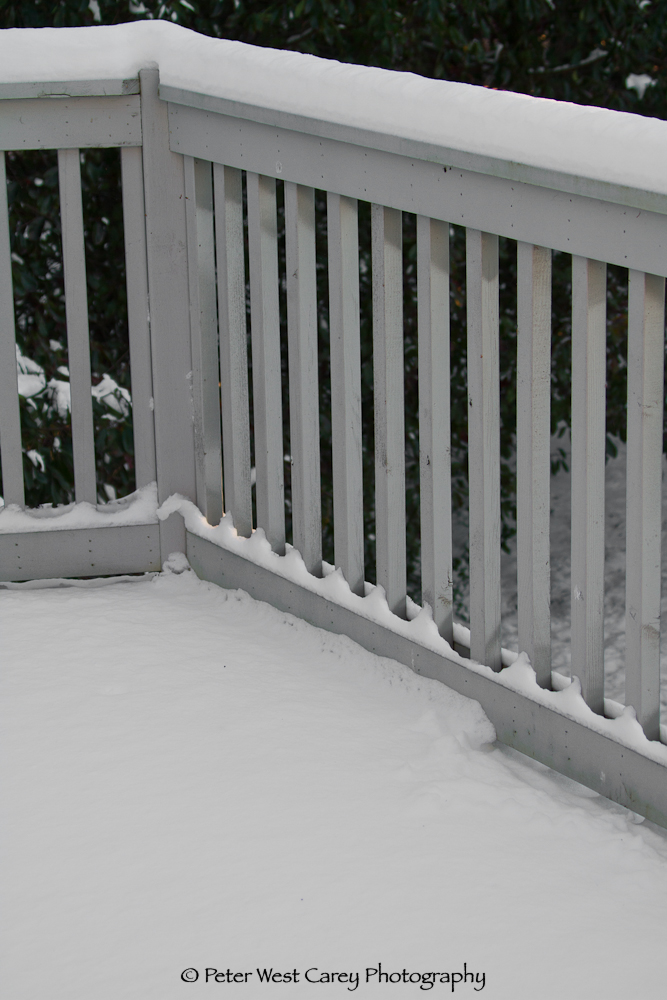
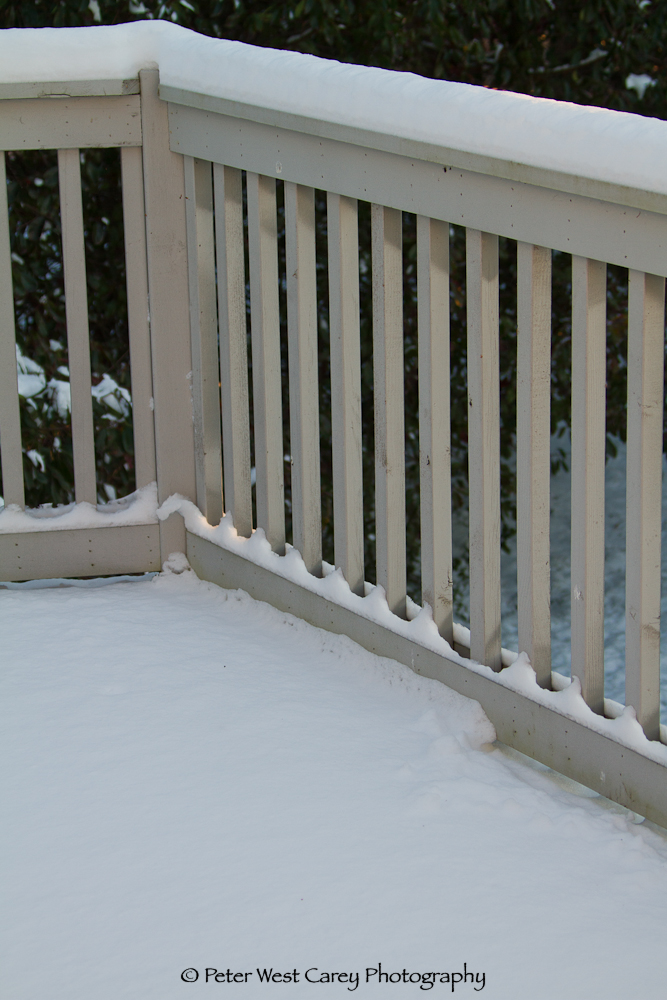

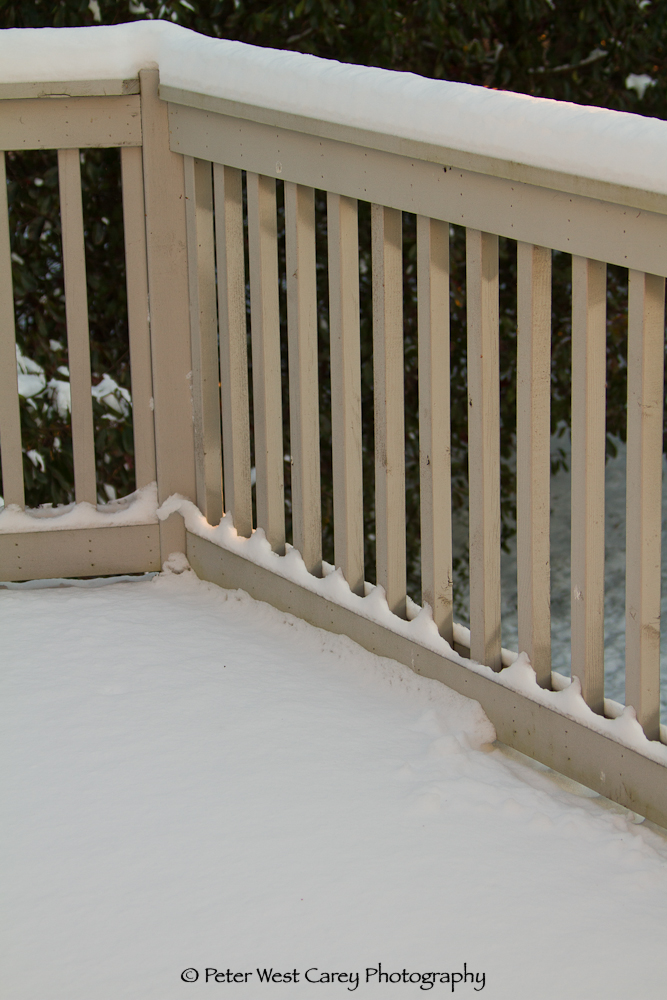
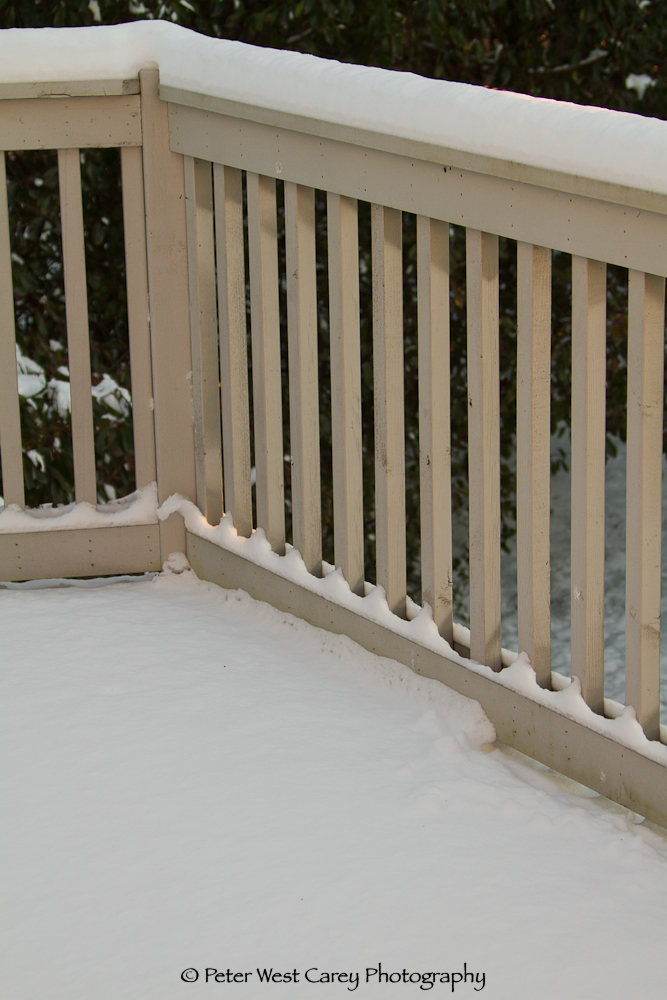
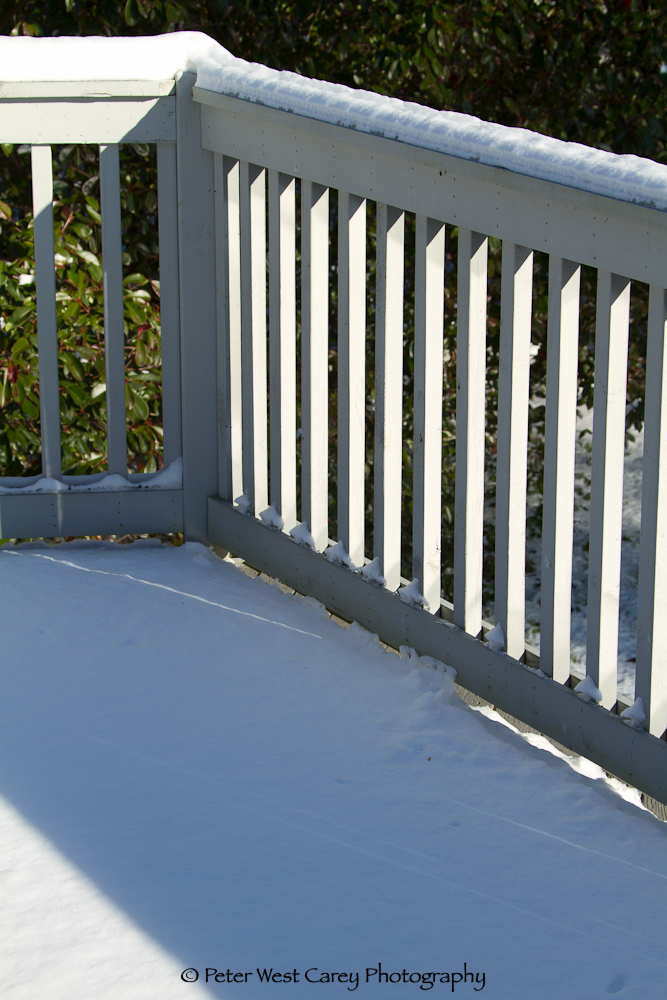
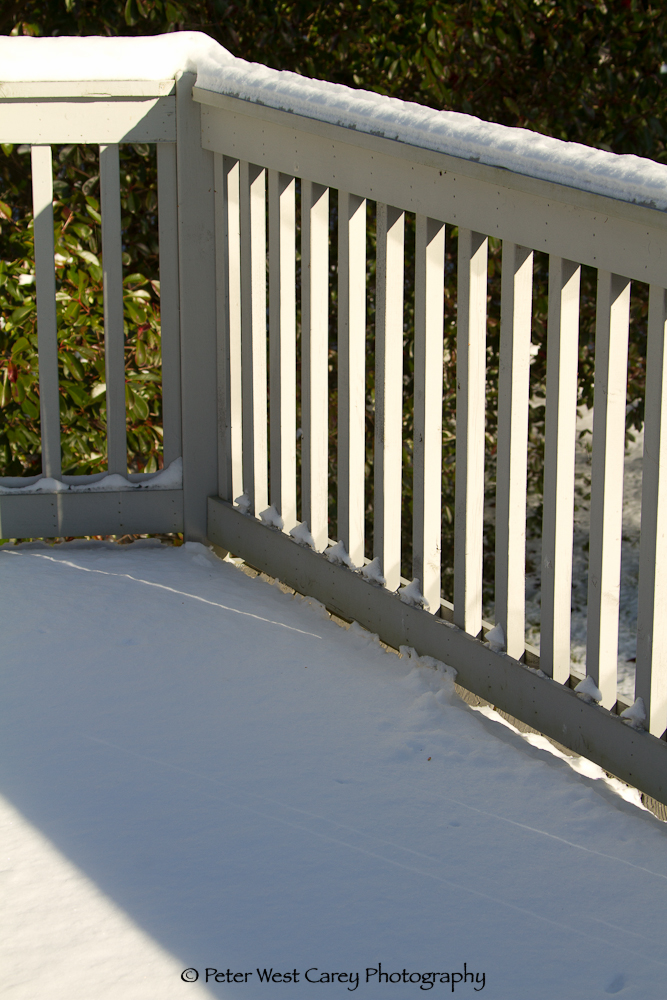
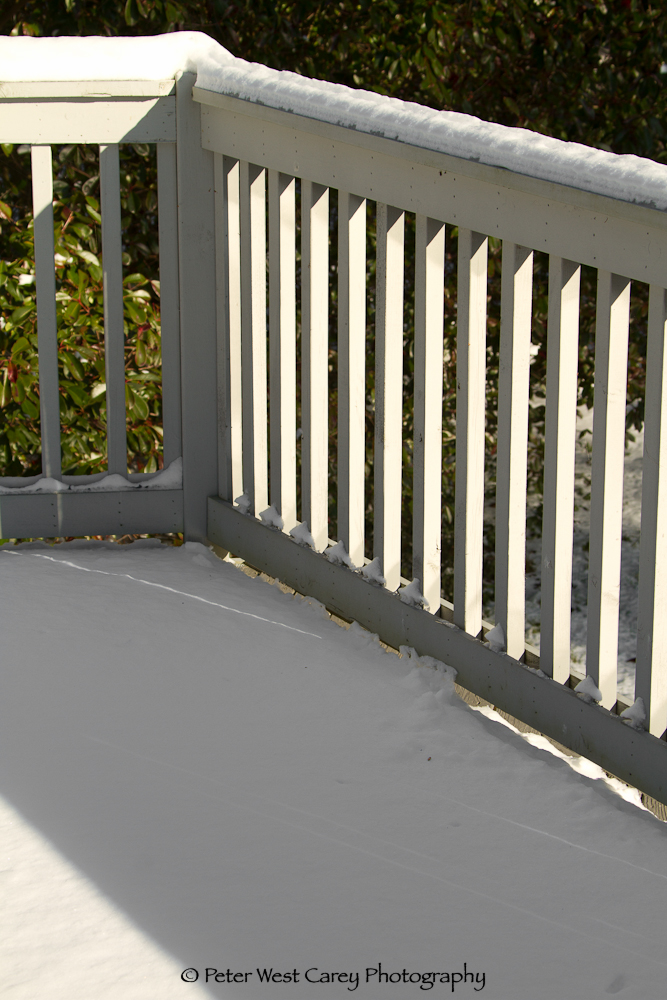



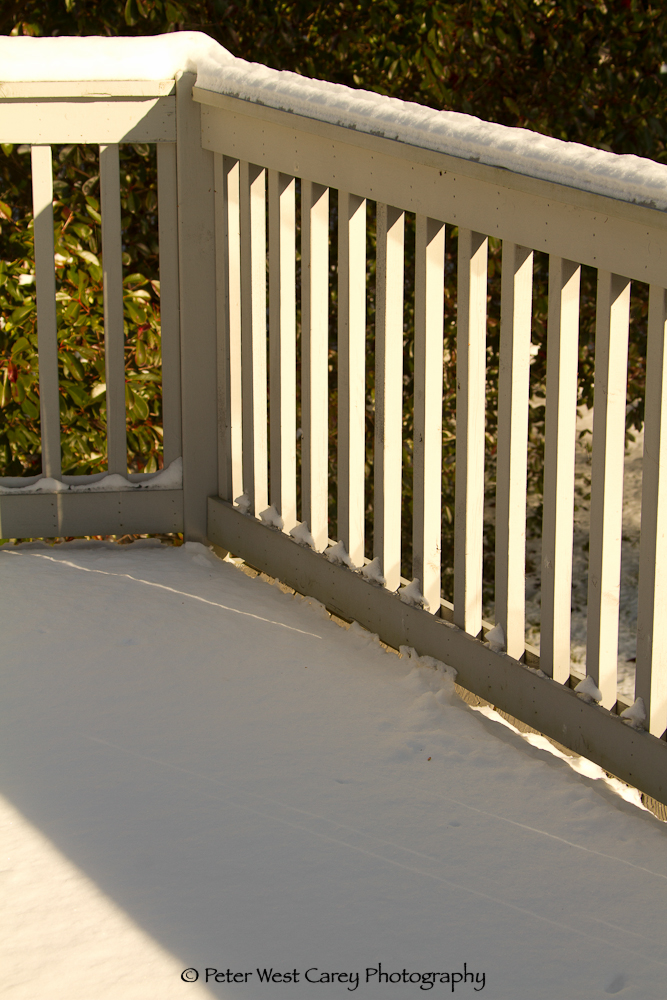

 photo © 2008
photo © 2008  photo © 2008
photo © 2008